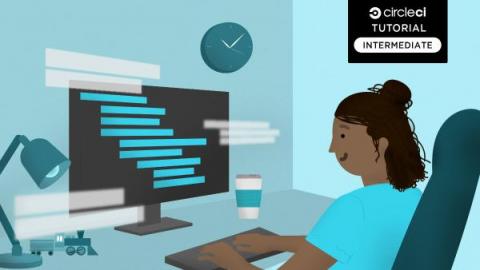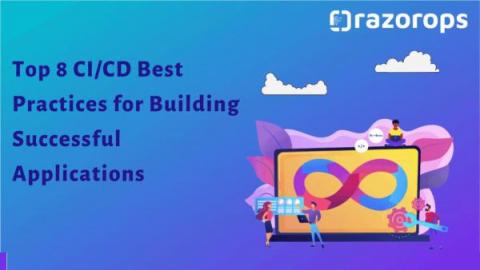Deploy a Dockerized Laravel application
As web applications become more complex, software engineering teams must rely on many different products and services to create the best developer experience. The application development ecosystem has grown beyond version control and hosting deployment. Manually managing the deployment of new features across all services can create a serious bottleneck in the software development lifecycle. It also introduces the risk of human error.











